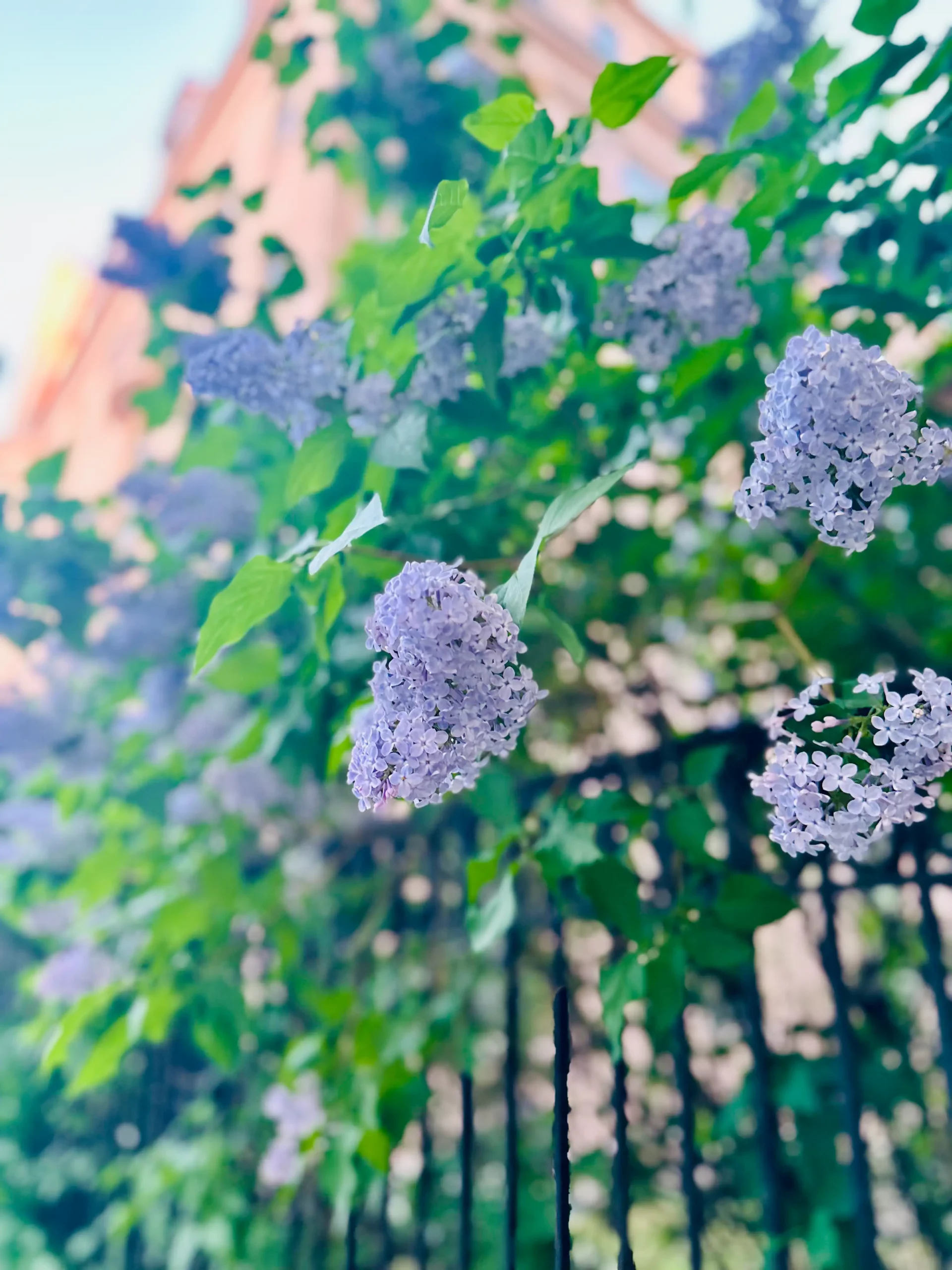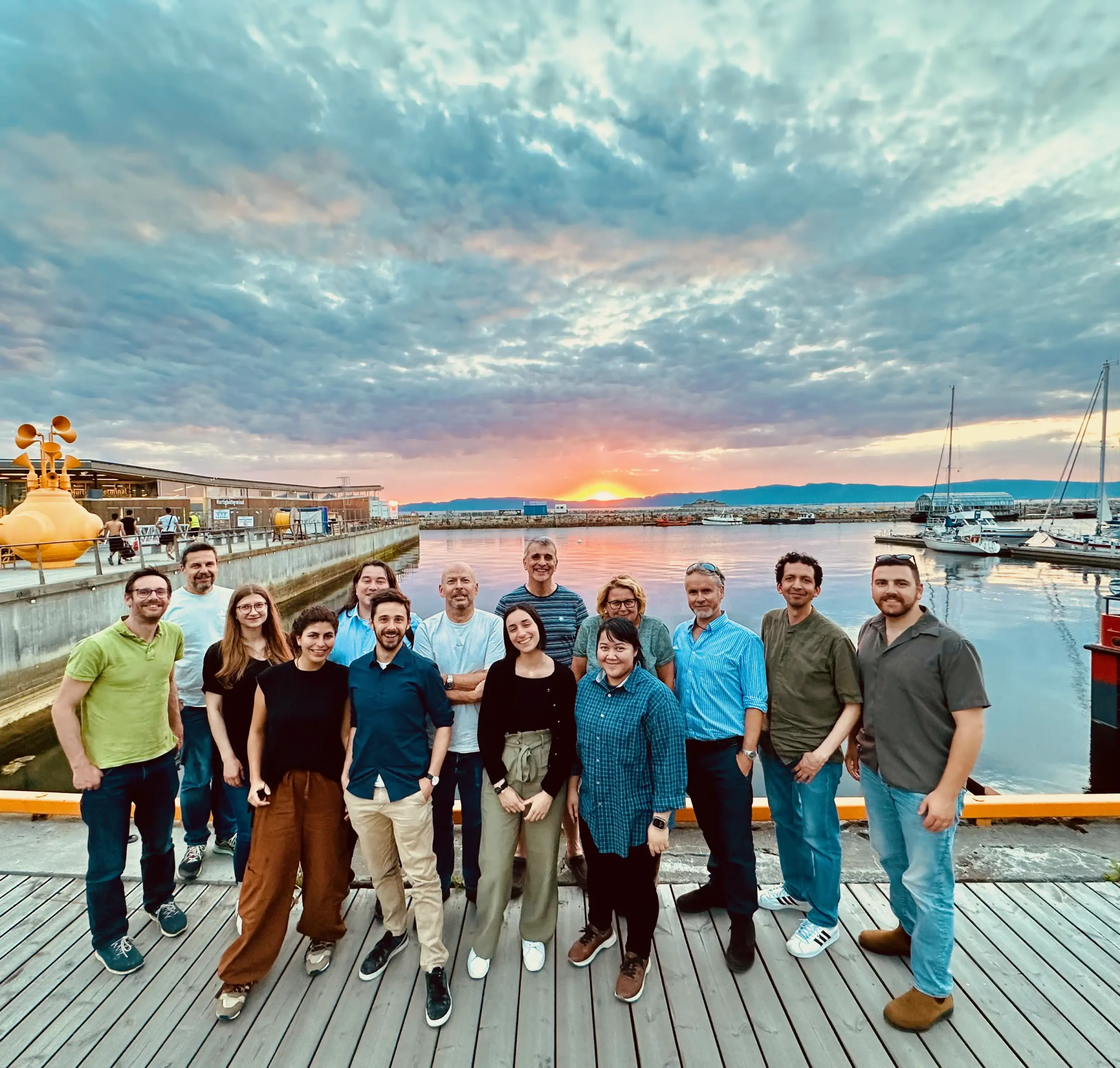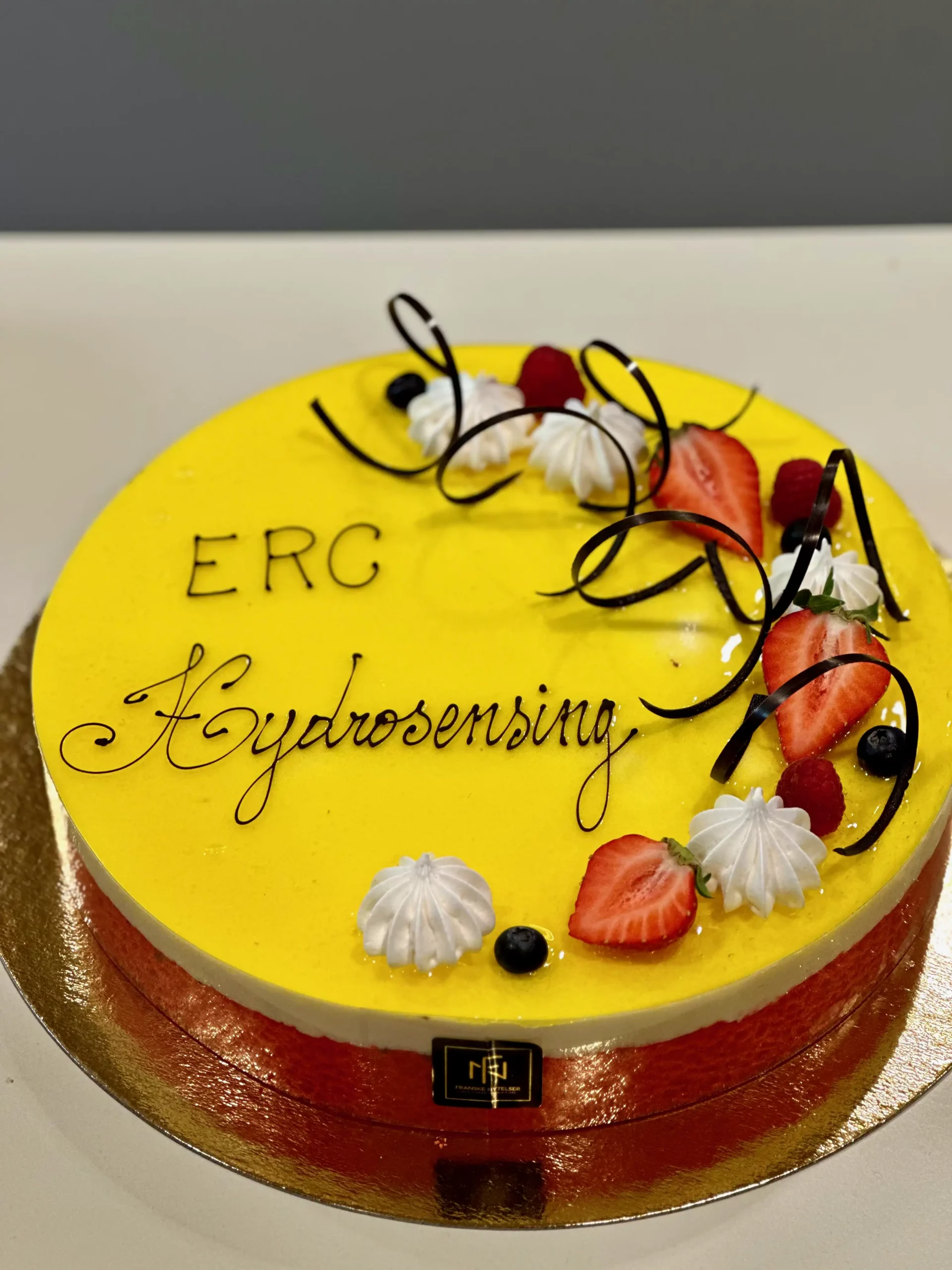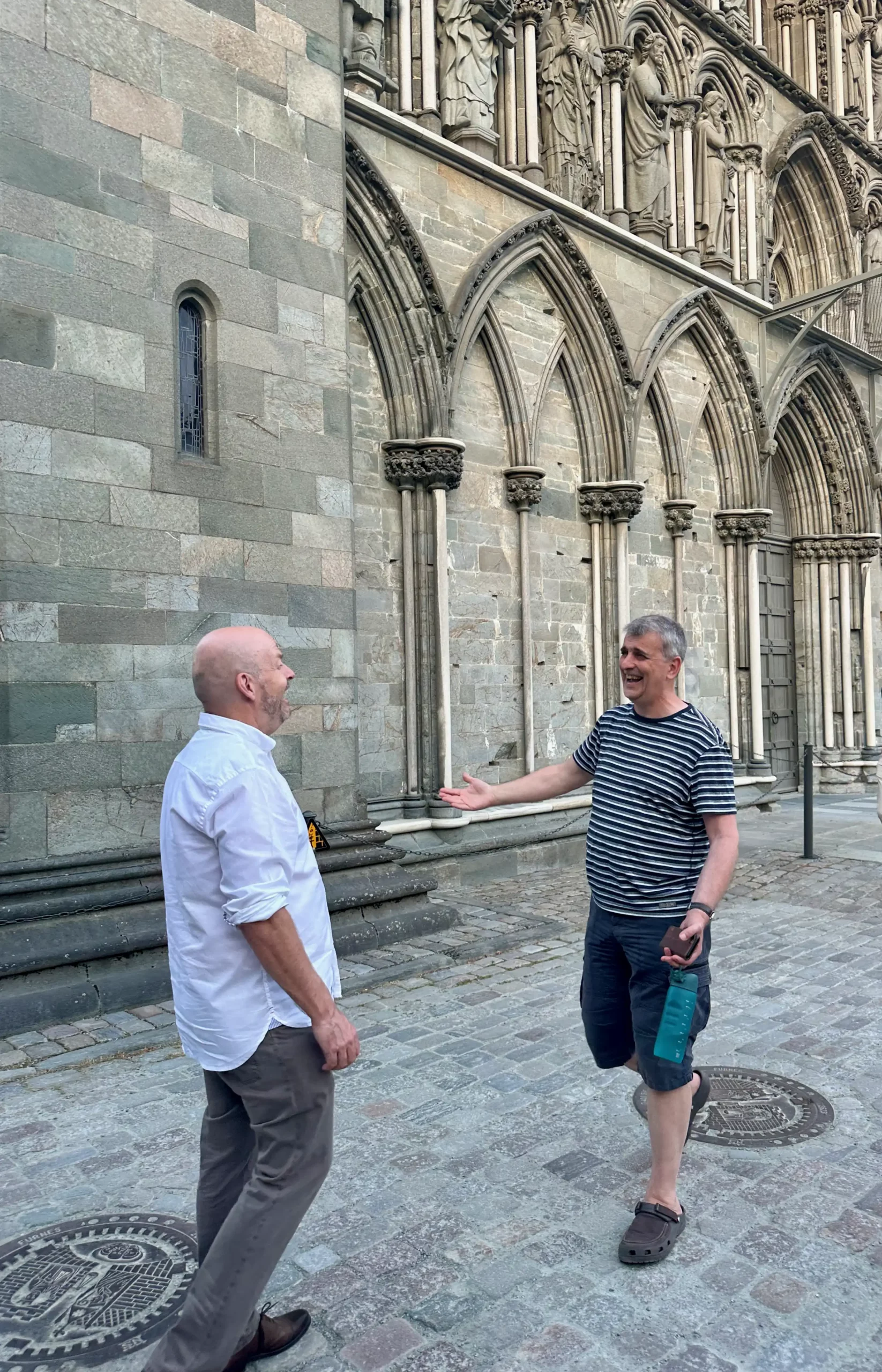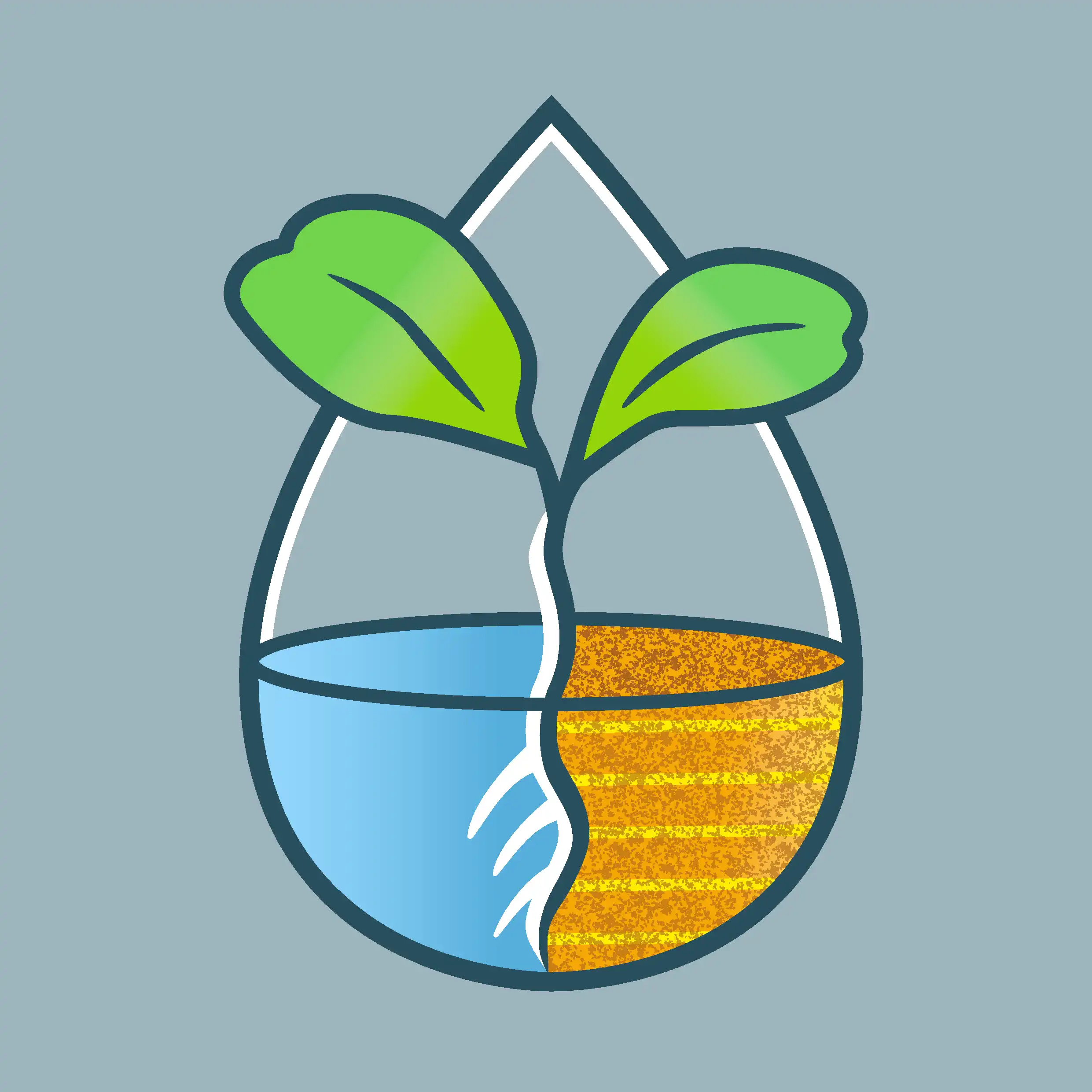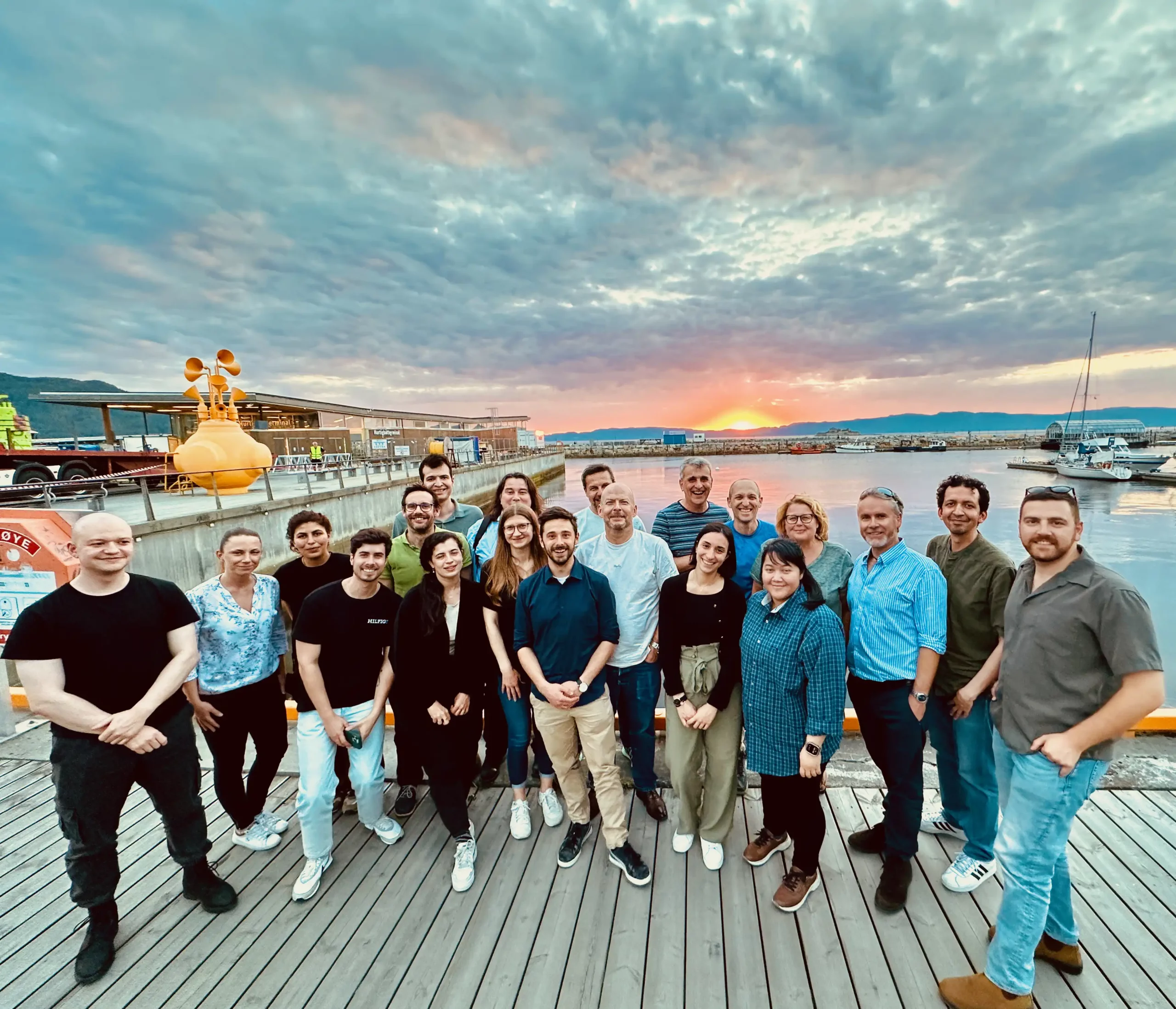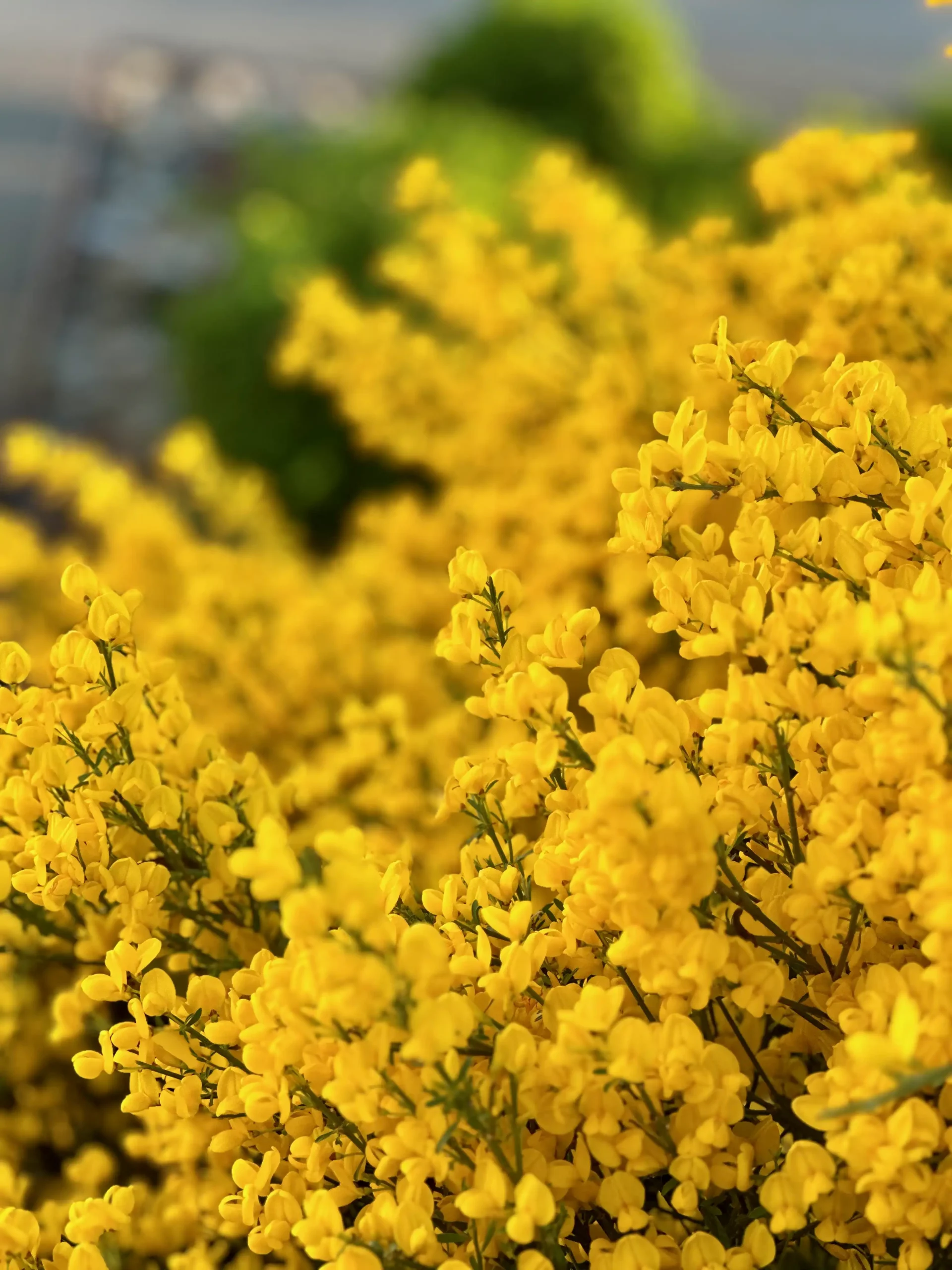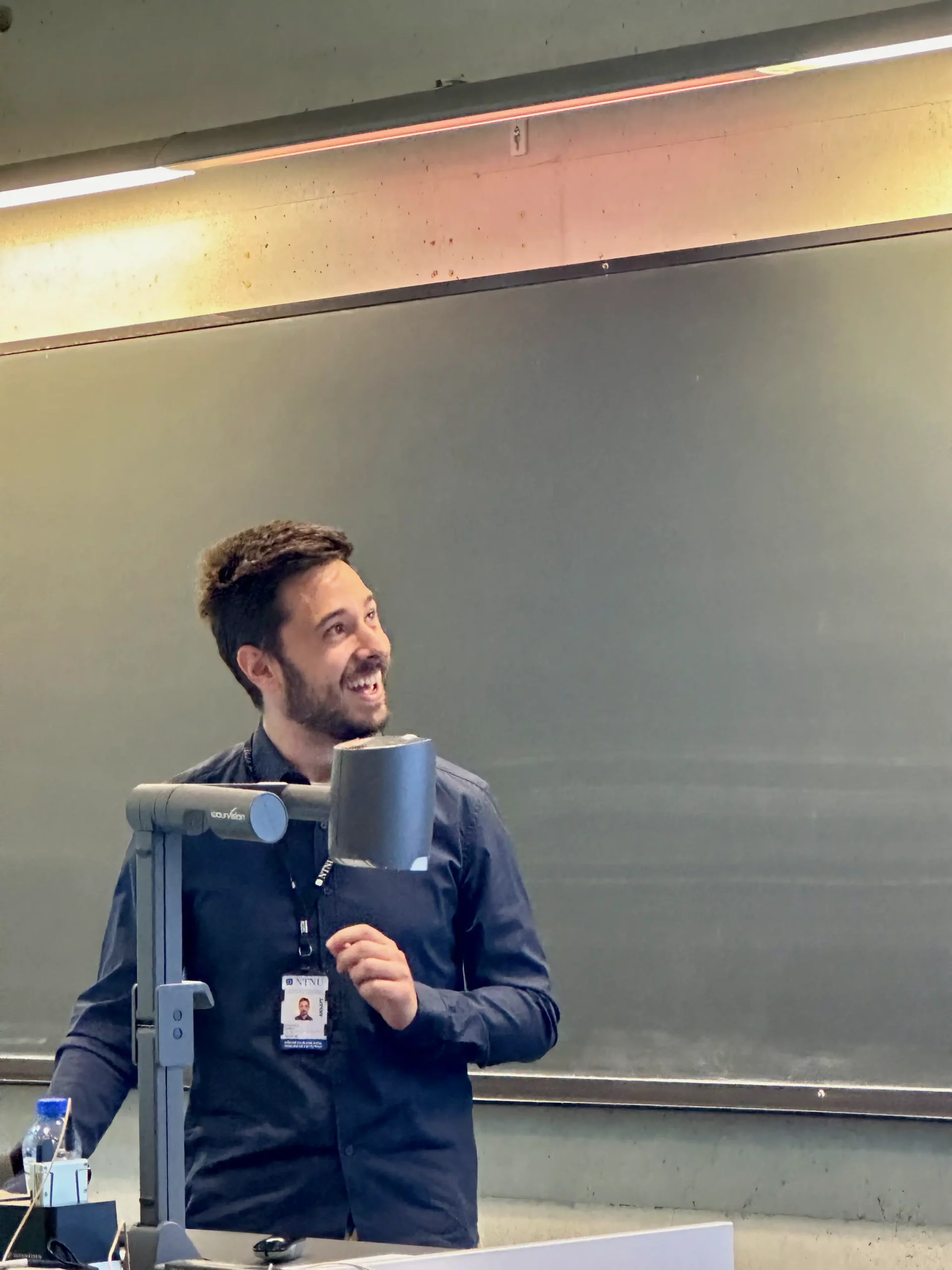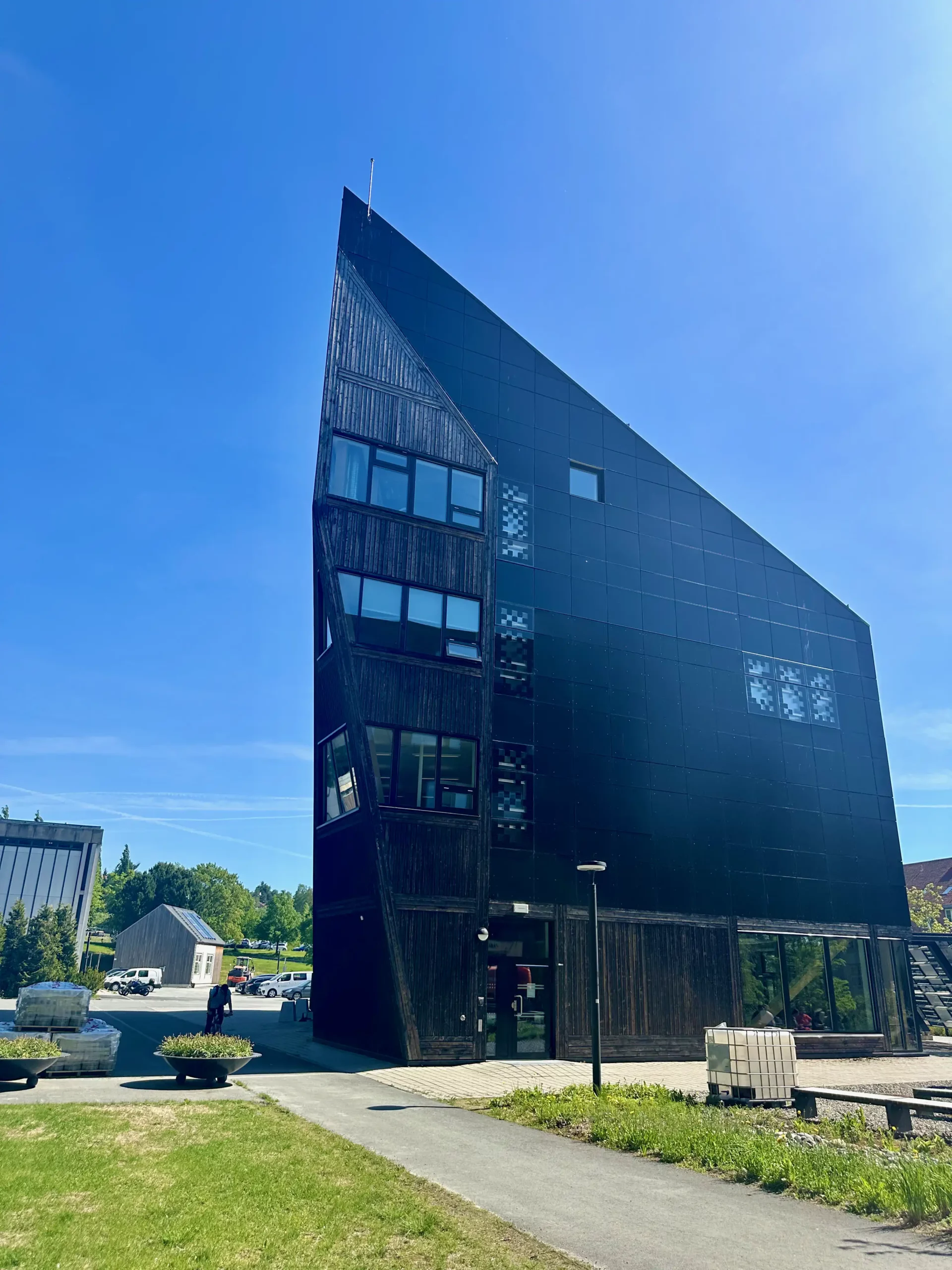Meet The Hydrosensing Team
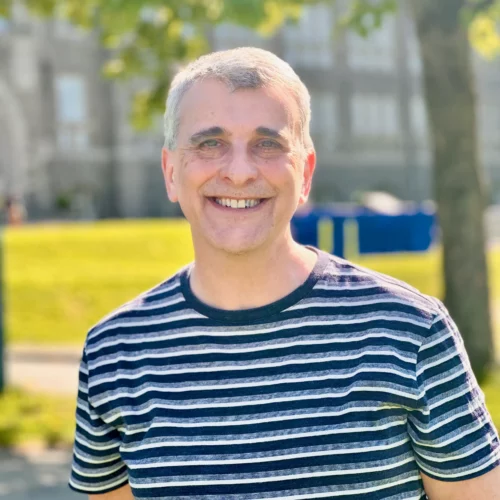
With over 20 years of experience in interdisciplinary research, Dr. Malcolm J. Bennett co-founded the Systems Biology Centre for Plant Integrative Biology, uniting biosciences, computer science, and engineering. Dr. Bennett's leadership in projects like the X-ray CT root imaging facility underscores a commitment to interdisciplinary approaches, positioning Dr. Malcolm J. Bennett to co-lead the HYDROSENSING project with Shani, Ziegler, and Hamann.
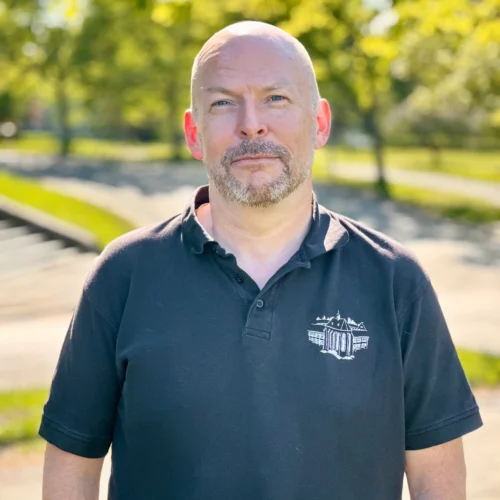
Dr. Thorsten Hamann’s group studies cell wall integrity maintenance as a model for understanding how plants perceive mechanical stimuli and translate them into chemical signals. Notably, the team has shown that a receptor kinase involved in this process regulates both cell wall stiffness and ABA production. This work has been advanced through the use of Brillouin microscopy, which enables live, label-free analysis of cell wall stiffness in sub-epidermal tissues. With expertise in cell wall signaling and ABA induction, Dr. Thorsten Hamann’s group will bring valuable insights and technical resources to the HYDROSENSING project.

At Regensburg University since 2012, Dr. Christine Ziegler has built a structural biology toolbox, including CryoEM, and collaborates with the Ultrafast Nanoscopy Center. With expertise in membrane transport biochemistry, Dr. Ziegler looks forward to using innovative tools like Raman imaging and advanced genetic techniques to explore plant transporters, aiming to provide insights that could help address climate change challenges.

Dr. Eilon Shani has secured numerous prestigious grants, including an ERC grant (2017) and HFSP grants (2015, 2019). His group develops genome-scale, multi-targeted, CRISPR- and amiRNA based, forward-genetics tools to uncover inaccessible genetic variation in plants. This expertise in plant genomics and hormone transport will complement the strengths of the Hamann, Bennett, and Ziegler labs, aiming to answer the key question of how plants sense water stress.
Team at Norwegian University of Science and Technology
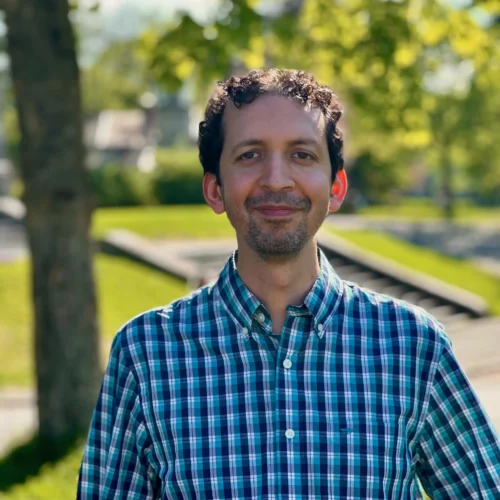
During his PhD, he studied how stem cells in Arabidopsis thaliana roots respond to abiotic stress, employing genetic, molecular and physiological approaches. He implemented a microfluidics platform to perform live-imaging confocal microscopy, enabling real-time tracking of root and cellular responses under different treatments.
As a postdoc and researcher, he has focused on developing advanced imaging tools to study plants in vivo (JXB, 2023). With a multidisciplinary background in physics, engineering and biology, he played a key role in establishing Scandinavia’s first Brillouin microscopy setup. Currently, this system is being intensively used to map the mechanical properties of plant roots at the tissue and cellular levels, with ongoing collaborations aimed at expanding its applications to other plant organs and organisms.
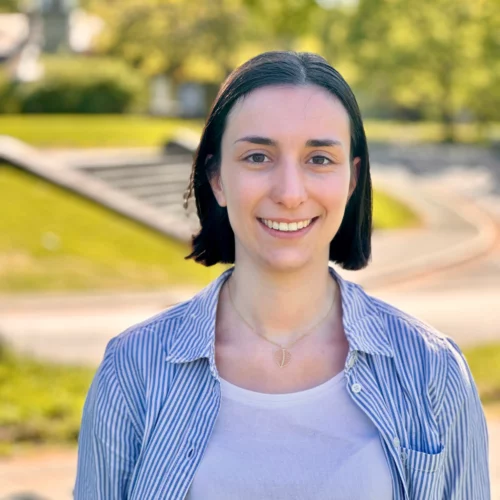
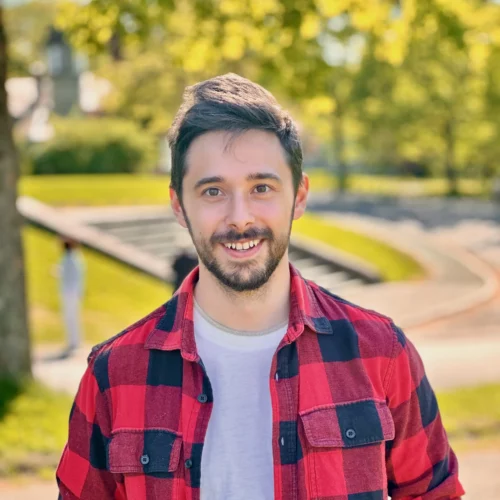
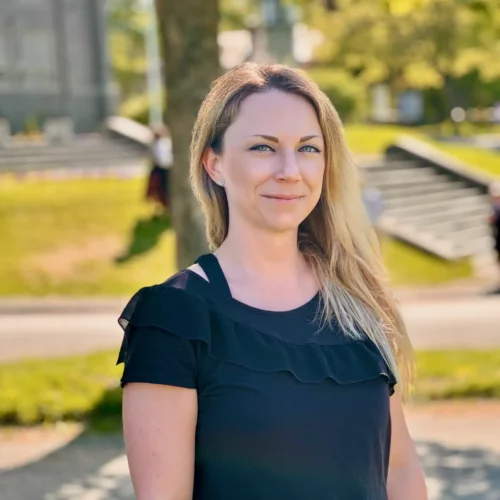
Team at Tel Aviv University
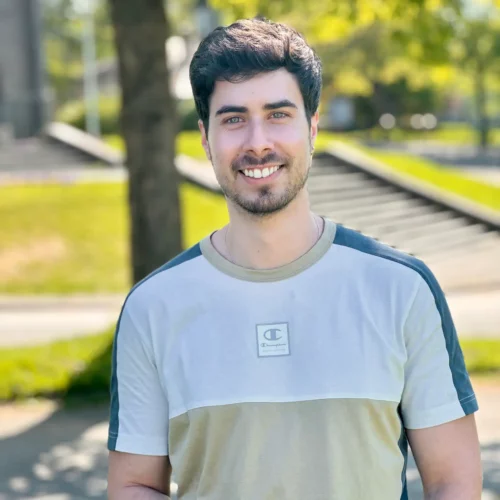
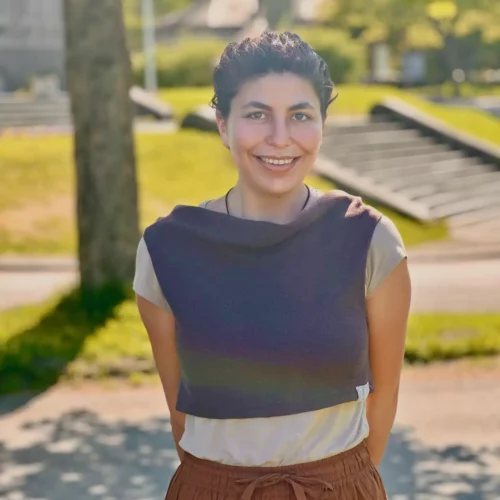
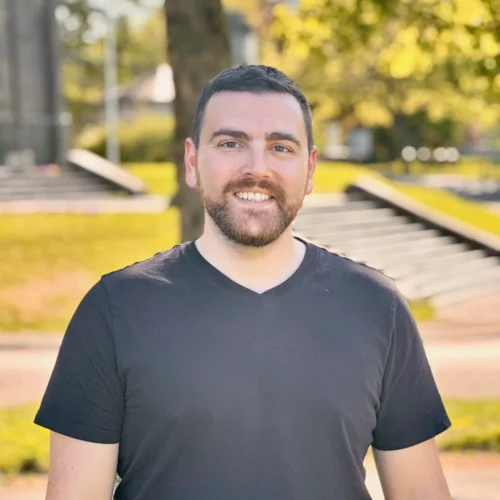
His research focuses on developing advanced CRISPR libraries to overcome functional
redundancy in plant genomes. By applying these libraries in Arabidopsis thaliana, he aims to
characterize the genetic and molecular functions of potential hydrosensing genes. His work
integrates genome-wide screening approaches with targeted functional studies to uncover key
regulators of plant water sensing.
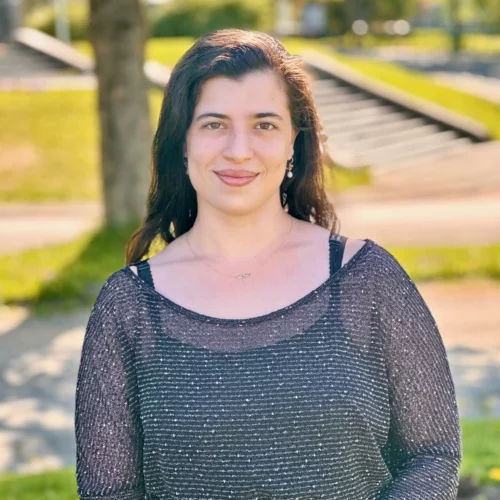
Team at Nottingham University
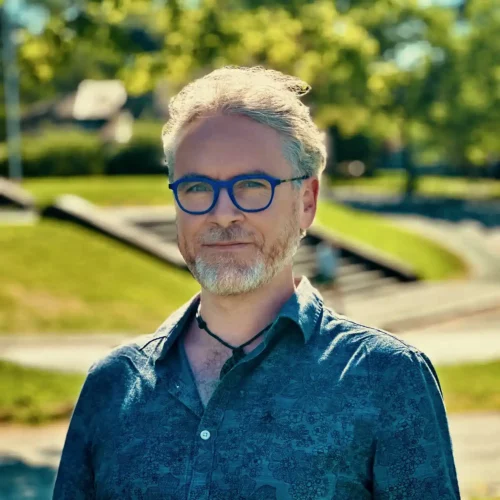


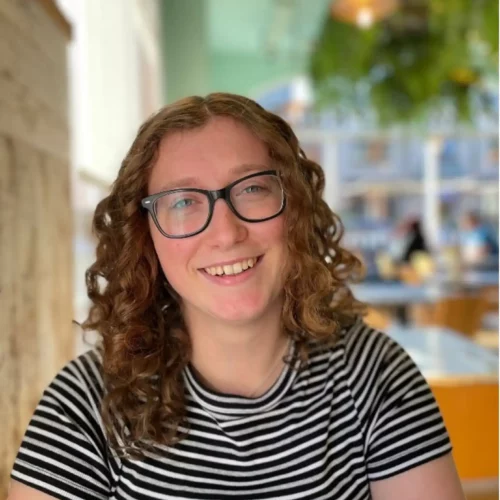
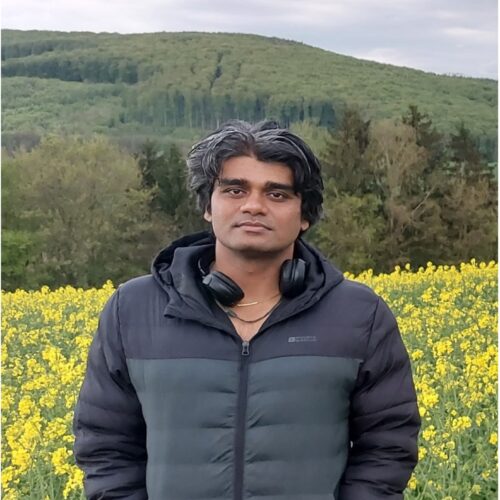
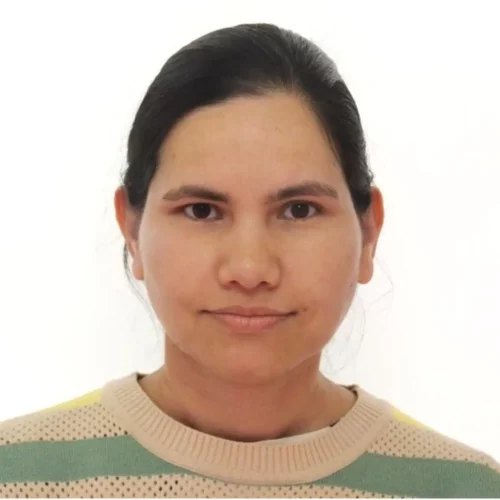

Team at University of Regensburg
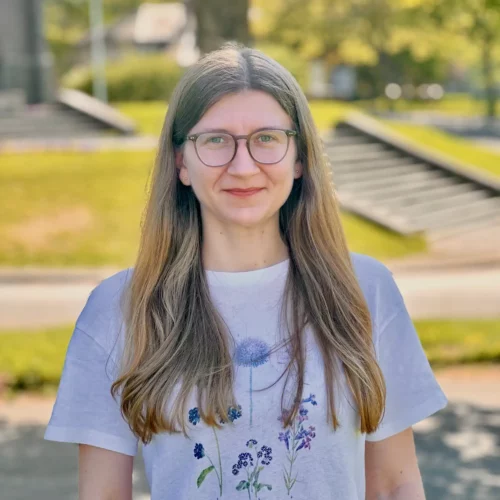
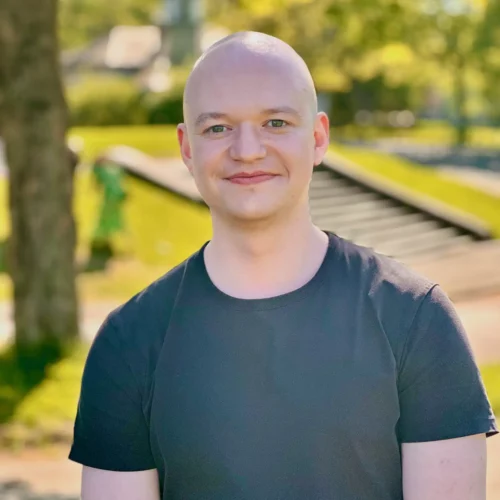
During his PhD, he studied human ion channels and secondary transporters as well as a bacterial light-driven proton-pump. During this time, he became enthusiastic about expression and purification of difficult membrane protein targets for structural studies. He could gain lots of expertise in different protein expression systems, cell culture techniques, membrane protein purification and reconstitution in native membrane mimics.
As a PostDoc he is transferring and expanding this knowledge, to promote the Hydrosensing project with structural and functional of data of plant proteins involved in water stress.
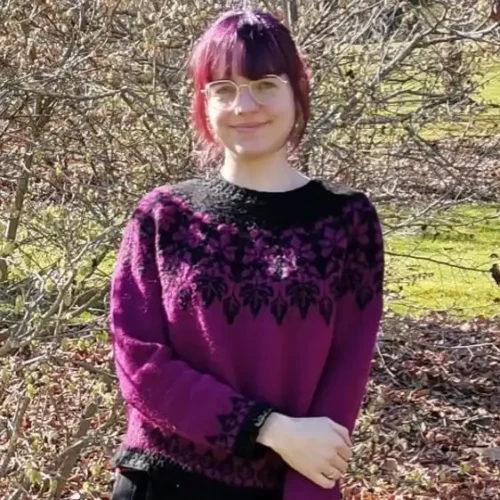
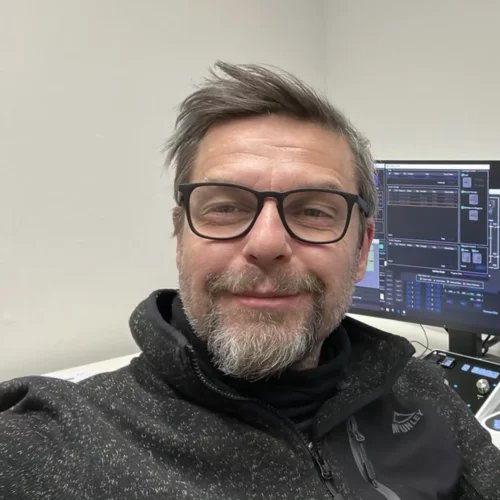
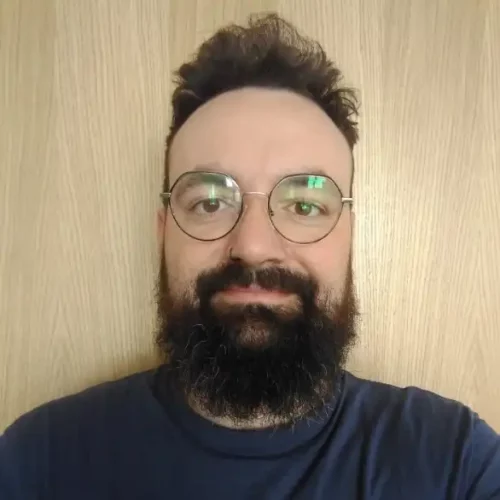
During his PhD, he studied human ion channels and secondary transporters as well as a bacterial light-driven proton-pump. During this time, he became enthusiastic about expression and purification of difficult membrane protein targets for structural studies. He could gain lots of expertise in different protein expression systems, cell culture techniques, membrane protein purification and reconstitution in native membrane mimics.
As a PostDoc he is transferring and expanding this knowledge, to promote the Hydrosensing project with structural and functional of data of plant proteins involved in water stress.

